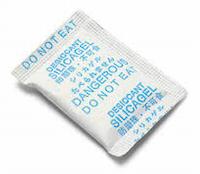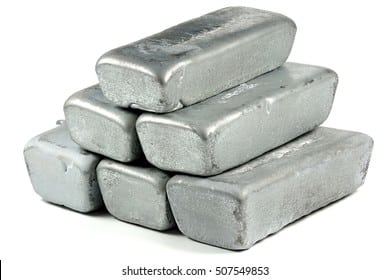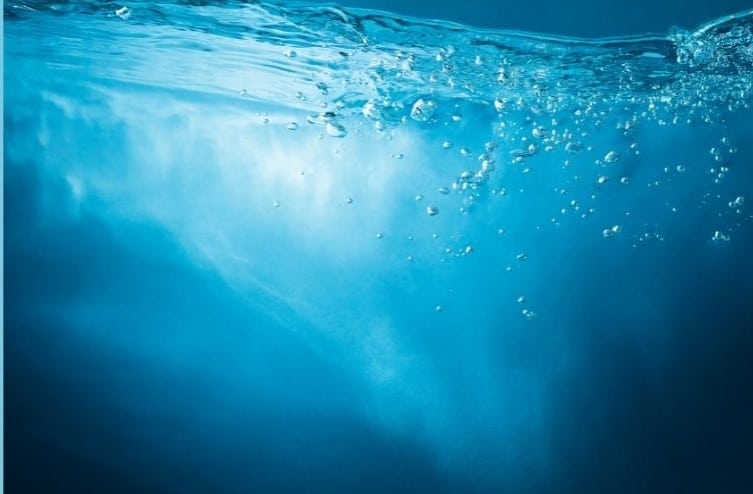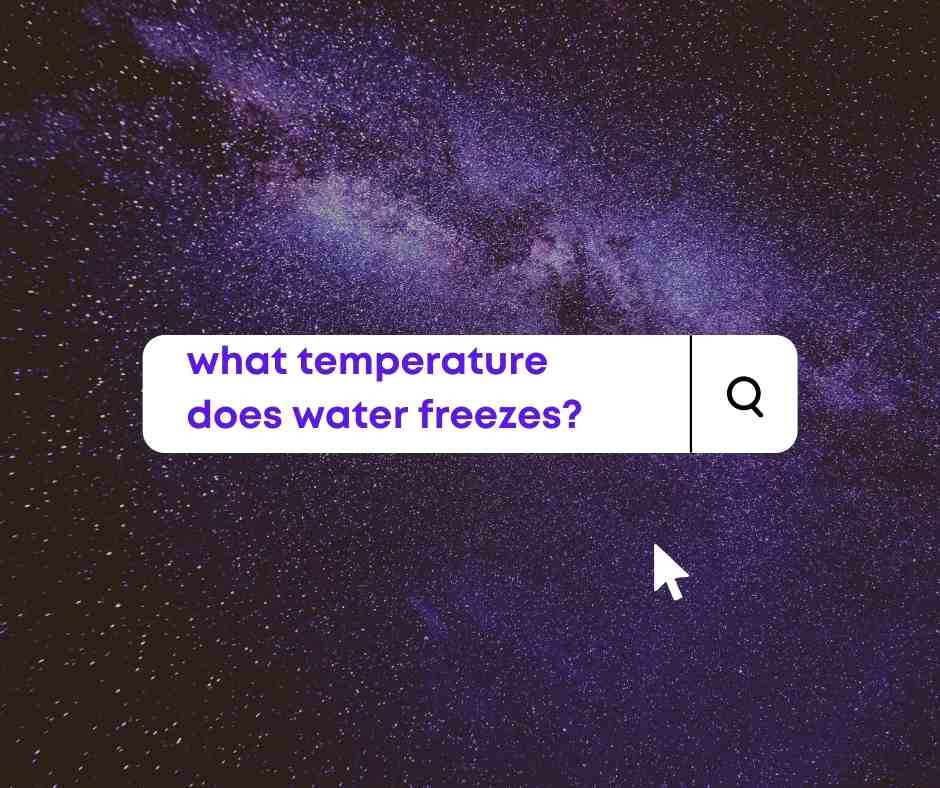In nature, silica gel is an artificial form of Silicon dioxide that acts as a desiccant. Quartz and sand are formed of the same material. It has the ability to absorb and retain water vapor. Its packets are stored in any place that is susceptible to moisture.

| Quick Questions | Short answers | Reference |
| Do silica gel expires? | No expiry date-Its sand | Reference-1 |
| where silica gel is used? | It is a desiccant or drying agent. Helps to keep moisture from damaging different prodcuts. | Reference-2 |
| Is it dangerous to touch? | NO, It is not dangerous to touch. It is basically synthetic sand that adsorbs water. | Reference-3 |
Table of Contents
What happens if you eat Silica gel?
If you think you may have a medical emergency, call your doctor, go to the emergency.
However, it is non-toxic unless you eat a lot of it.
If you empty out a packet and eat the beads, they would begin adsorbing moisture from your tongue, gum, and the rest of your mouth. Your first instant would just spit it out.
However, all silica gels are not the same, some of them have a toxic coating of Cobalt Chloride. Swallowing this stuff won’t kill you but it will cause nausea, vomiting, and few other side effects. This stuff is reusable. You can dry it out by heating it in the oven at 150 degrees Celcius.
Uses
When it comes to keeping things dry, these packets work pretty well. Its found in vitamin bottles, industrial air systems, and food cans. Some of the uses are listed below:
- Protecting papers from humidity
- Drying flowers
- Preventing rust on tools
- Preventing condensation on windows and inside picture frames
- Preserving arts and display cases
- Mitigating small pills in luggage
- Slowing Silver tarnishing
- Stopping seed mold.
Silicon Dioxide (SiO2)
Silica (SiO2) is the most common and the most important compound of silicon.
In its molecular structure, every silicon atom is attached tetrahedrally to four oxygen (O) atoms.
Each O-atom has two close silicon neighbors.
It is the main constituent of more than 95 percent of the known rocks.
Earth’s crust is 59 percent silica.
Silica has three main crystalline varieties: quartz, tridymite, and cristobalite.
What does Silica gel do?
- Silica gel (Silicon dioxide) is very good at adsorbing moisture.
- Water molecules adhere to the surface of the material.
- It consists of millions of tiny microscopic pores that can hold on to the water molecules.
- It can actually adsorb about 40 % of its weight in moisture.
- Therefore, it can reduce the relative humidity in a closed container down to about 40 percent. It’s used with leather products where it can restrict the growth of mold.
- It is also used to pack with electronics to reduce condensation.
- Also, it’s nearly harmless that’s why we find it preventing spoilage in foods like Pepperoni.
Key Points-Silicon dioxide (SiO2)
- Silica is transparent to light
- Low thermal expansion
- Excellent insulator
- Hard brittle and elastic
- Insoluble in water and inert toward many reagents
- Low thermal expansion and an excellent insulator
- Density = 2.648 g/cm3
- Resistant towards all acids except HF
Important Links
- Is silica harmful to humans?
- Potential health benefits of SiO2
Important Features of SiO2
- The overall ratio of sulfur to oxygen atoms is 1:2
- In most of the crystalline forms of silica, a special pattern is repeated throughout the crystal.
- The regular tetrahedral arrangement of four oxygen atoms around each silicon persists in each crystalline form.
- Si-O-Si bond angles and the rotation of each Si-O bond are different in the different polymorphic species.
- Silica in its crystalline form melts at high temperatures to give a viscous liquid having a random structure, presumably with the silicon atoms still close to four oxygen atoms and the oxygen atoms close to two silicon atoms.
- When liquid silica gets cool, it does not crystallize readily.
Usually, it undercools tremendously and eventually becomes rigid without having undergone orientation into a regular crystal pattern.
Related Links
Room Temperature| Comfortable Temperature
SiO2 Lewis Structure| Step By Step Construction
Is SiO2 polar or nonpolar molecule?
SiO2 molecule is non-polar. As either side of the Si is oxygen atoms, the dipole moments cancel (dipole moments are formed when there is a difference in electronegativity between the two atoms). In polymer form SiO2 is tetrahedral.
SiO2 has two places of electron concentration and no lone pairs, it is linear.
Frequently Asked Questions (FAQs)
Silica has a tetrahedral structure. The silicon atom is attached with four oxygen atoms to form a single bond with each oxygen atom at tetrahedral angles.
SiO2 is an acidic oxide. It reacts with strong bases to form silicate salts.
Packets of silica gel absorb moisture and keep things dry. They’re utilized to keep moisture out of goods. It’s essentially a type of sand. It’s non-toxic like sand, despite the large ‘DO NOT EAT’ notice on the packages.
Author
Umair Javed
Umair has been working at WhatsInsight since 2020 as a content writer.
He has a Masters degree in Materials Science.

Disclaimer
All information is for educational purposes and is the personal view of the authors; not intended as medical advice, diagnosis or prescription. This information has not been evaluated by the FDA and is not intended to cure and prevent any disease.
- BCl3 Lewis Structure in four simple steps - November 1, 2023
- PH3 Lewis Structure in four simple steps - October 8, 2023
- PF3 Lewis structure in four simple steps - September 24, 2023



